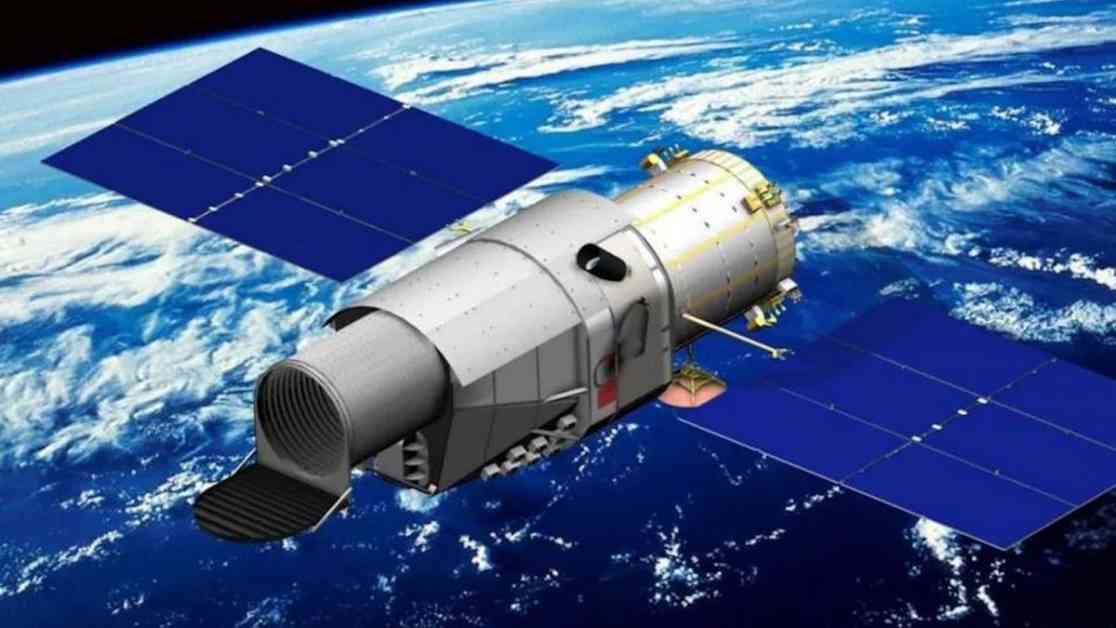China’s Space Telescope Aims to Rival JWST with Long-lasting Orbit
China’s ambitious space agency is gearing up to launch a groundbreaking space telescope that promises to revolutionize our understanding of the cosmos. Dubbed the China Space Station Telescope (CSST), this cutting-edge observatory is set to join the ranks of top-tier telescopes like the James Webb Space Telescope (JWST) with its unparalleled capabilities. What sets the CSST apart is not only its power and precision but also its unique ability to be fully repairable and upgradable from space. This level of flexibility and sustainability could potentially give the CSST a significant edge in the world of cosmological research.
The CSST’s Mission: Surveying the Sky
Scheduled for launch no earlier than 2026, the CSST, also known as Xuntian in Mandarin, will feature a primary mirror measuring 6.6 feet in diameter. While this may seem slightly smaller than the Hubble Space Telescope’s mirror, the CSST’s advanced optics will provide it with a field of view at least 300 times greater than that of Hubble. This wider field of view will allow the CSST to observe the universe in near-ultraviolet to near-infrared light, capturing a broader spectrum of cosmic phenomena.
A Universe of Mysteries Waiting to be Unveiled
The CSST’s primary mission will be to conduct a series of critical tests and measurements that could unlock some of the universe’s most profound mysteries. By studying weak gravitational lensing, the telescope aims to map hundreds of thousands of galaxies and detect subtle distortions in their shapes. These distortions can provide valuable insights into the distribution of matter in the universe and shed light on the elusive nature of dark matter, which remains one of the most enigmatic aspects of cosmology.
In addition to studying gravitational lensing, the CSST will also investigate the statistics of voids and clusters in the cosmos. By analyzing the properties of these vast empty regions and dense groupings of galaxies, astronomers hope to gain a deeper understanding of dark energy, the mysterious force believed to be driving the accelerated expansion of the universe. Furthermore, the CSST will search for supernovas and measure baryon acoustic oscillations, both of which play crucial roles in unraveling the history and evolution of our universe.
A New Era of Space Exploration
What sets the CSST apart from its counterparts is its unique orbital arrangement with the Chinese Tiangong space station. By sharing an orbit with the space station, the CSST will have unprecedented access to servicing, upgrading, and exchanging instrument modules. This level of flexibility and adaptability sets the CSST apart as a long-lasting and reliable source of cosmological data for decades to come, potentially outlasting other space-based telescopes with finite lifetimes.
Renowned astrophysicist Paul M. Sutter emphasizes the significance of the CSST’s capabilities, stating, “The CSST represents a new frontier in space-based astronomy, with the potential to uncover groundbreaking discoveries and reshape our understanding of the universe.” As a leading expert in astrophysics, Sutter’s insights highlight the transformative impact that the CSST could have on our exploration of the cosmos.
As we look to the future of space exploration, the CSST stands as a beacon of innovation and discovery, poised to push the boundaries of our knowledge and inspire generations to come. With its unparalleled capabilities and unique orbital arrangement, the CSST represents a new chapter in the quest to unravel the mysteries of the universe, offering a glimpse into the extraordinary wonders that await us beyond the stars.










